Top Exterior Painting Mistakes and How to Avoid Them
Thinking of giving your home’s exterior a fresh coat of paint? A well-executed exterior paint job can completely transform your home, boosting its curb appeal and protecting it from the elements. But while taking the DIY route can be incredibly satisfying, it’s also where many homeowners stumble.
The reality is, exterior painting isn’t just about picking a colour you love and grabbing a brush. Without proper preparation and technique, simple mistakes can lead to peeling paint, uneven coats, and wasted time and money. That’s where this guide comes in.
Here, we’ll outline the top exterior painting mistakes homeowners make and provide actionable tips to avoid them. The result? A flawless, long-lasting finish you’ll be proud to show off.
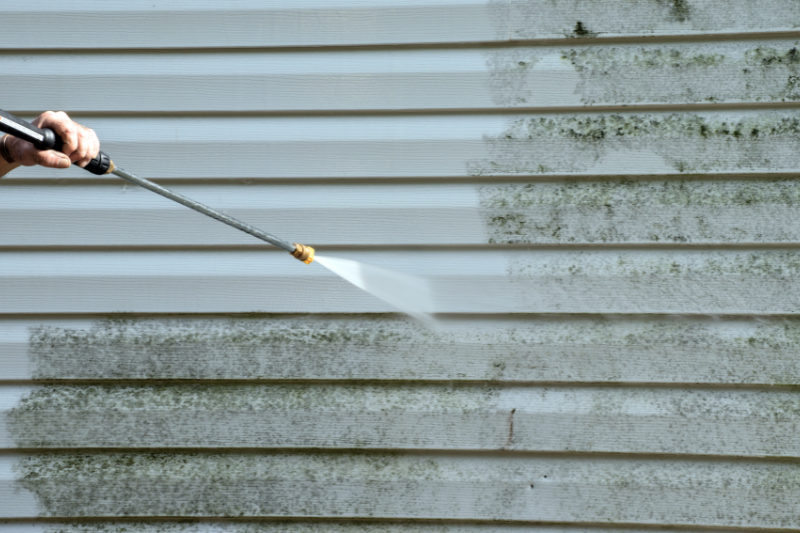
Skipping Proper Surface Preparation
Why It’s a Problem
Paint won’t properly adhere to dirty, peeling, or damaged surfaces. This often leads to uneven application or peeling paint shortly after the job is finished.
How to Avoid It
- Clean the surface thoroughly. Use a power washer to remove dirt, mildew, and stains.
- Scrape off loose or peeling paint and sand rough areas to ensure a smooth surface.
- Fill cracks and holes with high-quality exterior fillers like PLATINUM PATCH Exterior Filler, which is weatherproof, waterproof, and mould-resistant.
- Prime repaired areas or bare wood to help the paint adhere properly.
Pro Tip: For a detailed guide on preparing your exterior with sealants and filler, check out this blog post.
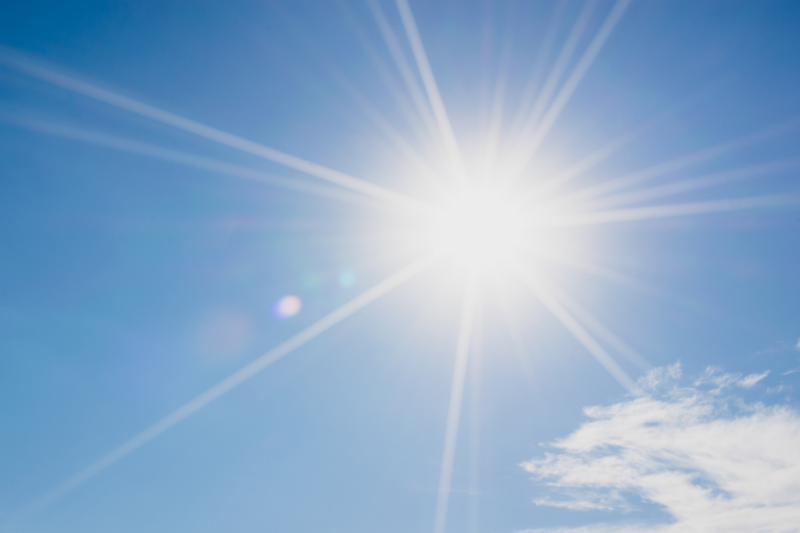
Painting in the Wrong Weather Conditions
Why It’s a Problem
Extreme temperatures, high humidity, or wind can prevent paint from drying properly, resulting in bubbling, cracking, or uneven coverage.
How to Avoid It
- Check the weather before you start. Ideal conditions are between 10°C and 29°C, with low humidity.
- Avoid painting on rainy, windy, or extremely sunny days.
- Paint in the mornings or late afternoons when the sun isn’t directly on the surface.
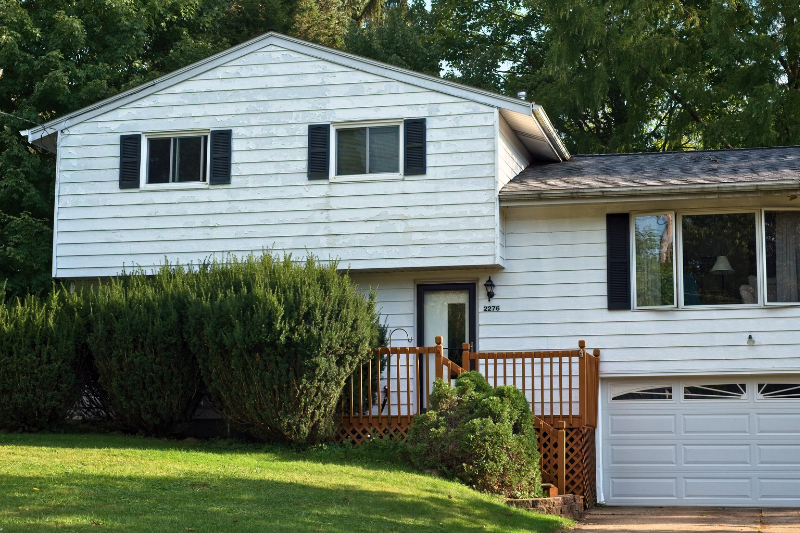
Using the Wrong Type of Paint
Why It’s a Problem
Interior paint or low-quality products won’t hold up against harsh weather, leading to fading, peeling, or cracking over time.
How to Avoid It
- Choose exterior-specific paints that are durable, weather-resistant, and designed for the material you’re painting (e.g., wood, metal, or vinyl).
- Opt for paint with built-in UV protection and mildew resistance for added longevity.
Investing in quality paint may cost more initially, but it will save you from expensive touch-ups in the future.
Ignoring the Importance of Caulking and Filling Cracks
Why It’s a Problem
Gaps and cracks allow moisture to seep in, leading to long-term damage like rotting wood or peeling paint.
How to Avoid It
- Inspect all surfaces for gaps, cracks, or holes before painting. Look closely around windows, doors, siding, and trim.
- Use a premium exterior sealant like DYNAFLEX ULTRA for cracks and gaps. Its Weather Max Technology™ ensures a durable and flexible seal that resists cracking and UV damage.
- Wait the allotted time for the sealant to dry before painting.
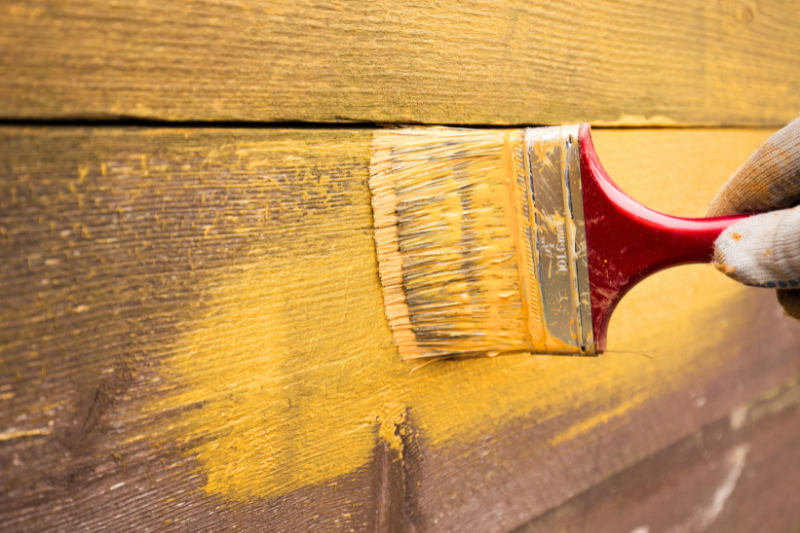
Skipping Primer (When It’s Needed)
Why It’s a Problem
Skipping primer on areas like bare wood or repaired surfaces can result in an uneven finish and poor paint adhesion.
How to Avoid It
- Use primer on exposed wood, stained areas, or repairs for a smooth, consistent base.
- Match your primer to your paint type (e.g., latex or oil-based) for the best results.
Priming adds an extra step, but it’s worth the effort to ensure your paint job stands the test of time.
Choosing the Wrong Tools
Why It’s a Problem
Low-quality brushes, rollers, or sprayers can create streaks, uneven coats, or excess drips.
How to Avoid It
- Invest in high-quality brushes for detailed work and rollers or sprayers for wider surfaces.
- Use tools specifically designed for exterior painting to handle rough or textured materials effectively.
Using the proper tools will save time and deliver a superior finish.
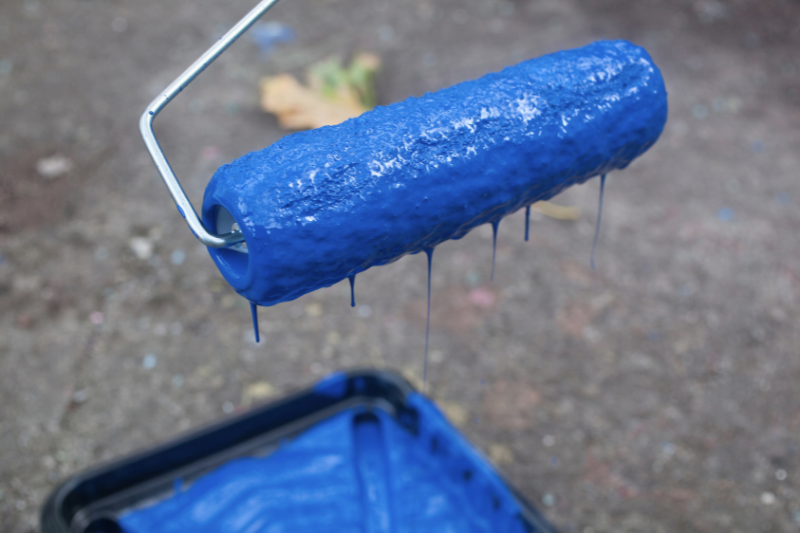
Overloading Paint or Rushing the Process
Why It’s a Problem
Applying too much paint at once causes unsightly drips, while rushing leads to missed spots and uneven coats.
How to Avoid It
- Apply thin, even coats and avoid overloading your brush or roller.
- Follow the manufacturer’s drying times between coats (typically 4–6 hours).
- Work methodically in small sections to ensure consistent coverage.
Patience is key to achieving a professional-looking finish.
Neglecting to Protect the Surrounding Areas
Why It’s a Problem
Unprotected landscaping, walkways, or fixtures can result in permanent damage from paint drips or splatters.
How to Avoid It
- Use drop cloths to cover plants, patios, and outdoor furniture.
- Apply painter’s tape to windows, doors, and trim for clean, crisp lines.
- Keep a damp cloth handy to quickly clean up accidental drips.
Taking the time to prep your surroundings will save you hours of clean-up later.
Not Giving the Paint Time to Cure
Why It’s a Problem
Exposing fresh paint to rain, dirt, or heavy use before it’s fully cured can ruin the finish, leading to peeling or smudging.
How to Avoid It
- Follow the paint manufacturer’s curing time recommendations, typically a few days to a week.
- Plan your project during a dry weather period to allow sufficient curing.
Patience ensures your hard work remains intact for years to come.
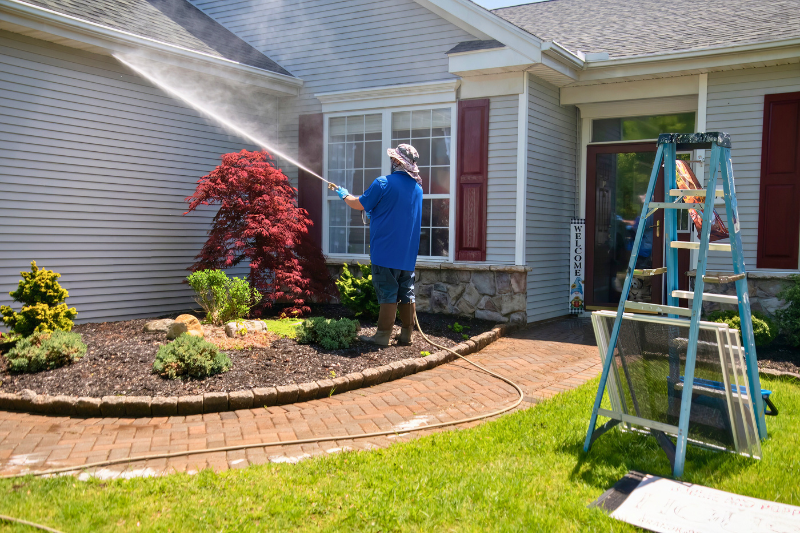
Forgetting Regular Maintenance Post-Painting
Why It’s a Problem
Even the best paint job won’t last if surfaces aren’t maintained regularly. Dirt, mildew, and damage shorten the lifespan of your paint.
How to Avoid It
- Clean your home’s exterior at least once a year to remove dirt, mould, and pollutants.
- Inspect for cracks or peeling paint and touch up as needed to prevent further damage.
- Keep gutters clean to avoid water staining your home’s exterior.
Ongoing maintenance protects both your home and your investment in the paint job.
Transform Your Home with Confidence
Exterior painting is no small project, but with the right preparation and techniques, it’s one of the most rewarding ways to refresh your home’s look and protect it from the elements. By steering clear of these common mistakes, you can achieve professional-quality results that last for years.
Need help prepping your home? Check out trusted products like DYNAFLEX ULTRA Sealant and PLATINUM PATCH Filler to ensure a solid foundation for your paint job.
